
CC Photo by Roving-Aye! on Flickr
Fruits And Vegetables with Lowest Pesticide Loads:
For detailed USDA specifics see below…
- Onions: Insects leave onions alone.
- Scallions: Insects leave them alone too.
- Avocado: Thick skin prevents absorption.
- Asparagus: Does not absorb pesticides.
- Kiwi: Skin is a barrier.
- Pineapple: Thick skin absorbs the pesticides, protecting the fruit.
- Broccoli: Hit or miss. Only 12% found with residues, but up to 19 residues found on one sample. Not sprayed that heavily.
- Eggplant: 74% were found free of pesticides.
- Cabbage: Not sprayed heavily.
- Mangoes: Skin is a barrier.
- Brussels Sprouts: Bugs don’t like them.
- Sweet Peas: Their shell protects them. 85% were free of pesticides.
- Sweet Corn: Does not have very high pesticide residues, but-be wary as well over 75 % of domestic corn is genetically modified.
- Cantaloupe Domestic: hard skin is protective. (Avoid Mexican cantaloupes.)
- Grapefruit: Thick skin keeps out the chemicals.
- Mushrooms: Do not need many chemicals.
Make your own produce wash with either a couple of teaspoons of vinegar or a few drops of eco-dishwashing liquid or organic castile soap in a few cups of water, dip the fruit or vegetable a couple of times and then rinse with clean water. Or thoroughly, but softly scrub the produce with the solution, then rinse with water.
“Researchers in Texas substantially reduced the pesticide residues on 17 popular fruits and vegetables by washing in a dilute solution of dish detergent (1 tsp. per gallon of water),
then rinsing in slightly warm water” [11].
2006 data supplants 2005 data when available [5].
Approximately 82% of all samples were from US growers and 16% were imported [6].
| USDA Data* on: | What percentage tested were found with residues: | How many different residues were detected: | USDA Percentage tested found with: |
|---|---|---|---|
| Apples | 98% | 43 | 70% tested found with Acetamiprid. 31.5% found with Azinphos methyl. 11% found with insecticide Carbaryl 83% with fungicide DPA. 26.6% found with insecticide Imidacloprid 19.4% insecticide Phosmet 15.3% with Tetrahydrophthalimide 88% with Thiabendazole (fungicide) Methyl parathion, chlorpyrifos Acephate has been found over tolerance |
| Applesauce | 93% | 28 | 18.5% found with 5-Hydroxythiabendazole 17.5% found with insecticide Imidacloprid 25.5% with insecticide Methoxyfenozide 21.8% with Tetrahydrophthalimide 38.8% with Thiabendazole (fungicide) But 80-90% of the benomyl residue (the fungicide suspected of causing birth defects) is removed when apples are made into applesauce 11 |
| Bananas | 76% | 16 | 30.7% found with Imazalil (fungicide) 65.5% with Thiabendazole (fungicide and neurotoxin) (Non-orgainic banana plantations wreak environmental damage to the environment, and hurt farm workers as well) |
| Broccoli | 88% | 19 | 80.5% found with insecticide Imidacloprid |
| Cabbage | 18% | ||
| Cantaloupe | 52% | 27 | Avoid Mexican-Central Am. cantaloupe 28.5% found with Endosulfan sulfate Acephate sometimes found over safe limits |
| Carrots | 84% | 25 | 27.5% tested found with residues of DDE, a metabolite of DDT. Quintozene found. 78.2% found with herbicide Linuron, 37.5% with Pyraclostrobin (fungicide) 57.5% with Trifluralin (herbicide) (Tetrachlorphenvinphos diminishes the content of carotene in carrots by 15 – 20% and content of vitamin C by 20 – 30%) 10 |
| Cauliflower | 80% | 16 | 76.5% found with insecticide Imidacloprid |
| Celery | Sprayed with neurotoxin chlorthalonil. | ||
| Cranberries | 69% | 13 | Spinosad has been found over the safe EPA level. 47.6% with 1-Naphthol |
| Cucumbers | Often absorbs banned dieldrin from the soil. | ||
| Eggplant | 26% | 19 | On a small percentage Acephate has been found over the recommended safe level, as well as Chlorothalonil (a fungicide) 11.8% found with Endosulfan sulfate |
| Grapefruit | 46% | 11 | 40% found with fungicide Imazalil 66.7% with Thiabendazole (fungicide) |
| Grapes, domestic | 34 | Some found with dimethoate and Captan (a fungicide) 27% with fungicide Cyprodinil 16% found with fungicide Iprodione |
|
| Grapes, imported | 34 | ||
| Green Beans, fresh | 21% found with Acephate. 58.6% found with Endosulfan sulfate. 36% found with Chlorothalonil (a fungicide) 43.6% found with Endosulfan I, 32% found with Endosulfan II 25% with Methamidophos. 60.8% with fungicide o-Phenylphenol 100% with Tetrahydrophthalimide |
||
| Green Beans, frozen | 92% | 22 | 26.8% found with insecticide Acephate. 25.4% with insecticide Methamidophos. 100% with fungicide o-Phenylphenol 47.4% with Vinclozolin (fungicide) Dimethoate (three neurotoxic OPs), and endosulfan, an endocrine-disrupting insecticide. Frozen also found with Bifenthrin. |
| Greens, Collard | 73% | 24 | Levels of Cyhalothrin have been found well over the safe limits. 20% with insecticide Methoxyfenozide 22% with Pyraclostrobin (fungicide) 11.8% with insecticide Spinosad Total |
| Greens, Kale | 70% | 33 | 32.4% tested found with residues of DDE, a metabolite of DDT. 28.6% found with insecticide Imidacloprid. 28% with insecticide Methoxyfenozide Cyhalothrin, Lambda have been found over the EPA tolerance level. 10 different pesticides have been found on one sample. |
| Kiwi | 15% | ||
| Lettuce | 94% | 52 | 100% found with Chlorothalonil (a fungicide) some with high levels. 15.7% found with insecticide Acetamiprid 30.7% found with herbicide DCPA. 14.7% found with DDE p,p’ (a metabolite of DDT) 10.2% with Dimethoate 28.5% with fungicide Dimethomorph 73% found with insecticide Imidacloprid 13.5% found with insecticide Methomyl 19.7% with Permethrin cis and trans (17%) |
| Nectarines | 97% | ||
| Onions | 1% | ||
| Oranges | 90% | 16 | 43.7% with Thiabendazole (fungicide) 74.2% found with fungicide Imazalil 34.3% with fungicide o-Phenylphenol |
| Orange Juice | 53% | 9 | 52% with fungicide o-Phenylphenol Approximately 21% of orange juice samples were comprised of juice from oranges grown in different countries. |
| Peaches | 99% | 37 | 20% found with Propargite 53.3% found with fungicide Fludioxonil 33% found with fungicide Iprodione (high) 28% with insecticide Methoxyfenozide 20% with 1-Naphthol 37.8% with insecticide Phosmet 18.7% with insecticide Propargite 17.8% with Propiconazole (fungicide) 25.6% with Pyraclostrobin (fungicide) 10.5% with Spinosad Total Often sprayed with the fungicides captan and iprodione. |
| Pears | 85% | 29 | Methyl parathion, 25% found with azinphos-methyl an OP, 11% found with Captan (fungicide), 11% found with Carbaryl (an insecticide) 14.8% with insecticide Phosmet 66.7% with Thiabendazole (fungicide) |
| Peas, sweet, frozen | 15% | 12 | Dimethoate |
| Plums, domestic | 55% | Small percentage found with Chlorpyrifos (an insecticide) over the EPA tolerance levels. 36% found with fungicide Iprodione 19% with Fludioxonil 15.5% with insecticide Phosmet |
|
| Plums, imported | 98% | 21 | |
| Potatoes, frozen | 88% | 26 | High pesticide and fungicide residues. 61.4% tested found with high levels of Chlorpropham. 33.1% found with insecticide Imidacloprid Found with dieldrin, methamidophos and aldicarb. |
| Prunes | 10% | 12 | |
| Raisins, domestic | 63% | 29 | 78% with insecticide Methoxyfenozide 31.5% with insecticide Propargite 55.6% with Pyraclostrobin (fungicide) 25.8% with Trifloxystrobin (fungicide) |
| Raspberries | Some found with captan, iprodione and carbaryl. “Pesticide residues in raspberries in 2000-2005 in the EU. Tolylfluanid residues (43% of the analysed samples), Procymidone residues (33%), Pyrimethanil residues (15%), EBDC residues (8%) and iprodione residues (5%), while insecticides (mainly synthetic pyrethroids) cypermethrin residues (6%) and bifenthrin (4%). In 8 % of analysed samples EBDC residues exceeded the national Maximum Residue Level established for raspberries. 2 |
||
| Spinach | 94% | 58 | Nine residues found on one sample. 34.2% tested found with residues of DDE, a metabolite of DDT. 72% sampled found with Imidacloprid. 56.6% with Permethrin cis 56.2% Permethrin trans 24% with Pyraclostrobin (fungicide) 38% with Spinosad Total Cyhalothrin and Cyhalothrin have been found over the EPA tolerance level. Acetamiprid, Acephate, dimethoate and chlorthalonil found as well. From 1998-2002 DDE p,p was detected in 28% of fresh spinach samples, 21% of canned spinach, and 43% of frozen spinach. Permethrin was detected in 61% of fresh spinach samples, 79% of canned spinach, and 61% of frozen spinach [6 &13]. |
| Strawberries | 93% | 39 | 70% found with significant levels of the fungicide Captan. Small percentage found with very high doses of Cyhalothrin and Cyhalothrin, well over the EPA tolerance level. 18% found with fungicide Cyprodinil. 32% found with fungicide Fenhexamid. 11.8% found with insecticide Fenpropathrin 22.2% found with Fludioxonil 16% found with insecticide Malathion 16.7% found with insecticide Methomyl 34.7% with fungicide Myclobutanil, sometimes exceeding EPA tolerance levels. 100% with fungicide o-Phenylphenol [2]. 67.6% with Tetrahydrophthalimide |
| Summer Squash | 95% | 29 | 63.4% found with insecticide Endosulfan I 27.4% found with Endosulfan II 83.3% found with Endosulfan sulfate 20.4% with fungicide o-Phenylphenol |
| Water, bottled | 19% | 12 | |
| Watermelon | 25% | 28 | |
| Wheat | 69% | 15 | Chlorpyrifos methyl. Carbofuran has been found over the EPA tolerance level. |
| Winter Squash | 46% | 29 | Acephate and Methamidophos have been found over the EPA tolerance level. 29.3% found with Endosulfan sulfate Found with high level of Hexaconazole. |
| Other Foods: | |||
| Butter | Tested for POPs and found with Chlordane, DDE. DDT. Dieldrin, Dioxin, Heptachlor and Hexachlorobenzene [13]. |
||
| Milk | 99% | 12 | 91.6% with Diphenylamine (DPA) significant 85% with DDE p,p’ (low levels) Pesticides reside in fat, so choose low fat. |
| Peanut Butter | 30% | 8 | |
| Soybeans | 22% | 9 | Dimethenamid, Permethrin Total, Trifluralin |
| Wheat | 69% | 15 | 23% with Chlorpyrifos methyl 67% with Malathion |
‘ In most instances, washing by itself was shown to reduce residues, blanching reduced them even further, and the canning process led to even further decreases” [3].
But, remember the USDA washed the F&V samples (above) before testing.
It was shown that thermal processing of spinach at 110°C for 60 minutes and apricots at 100°C for 50 minutes decreased the initial residue by 100 and 60% respectively. After one year’s storage of canned apricots at ambient temperatures the remaining residue had disappeared totally (Elkins et al. 1972). Household cooking of deep frozen beans with about 1 mg/kg azinphos-methyl for 15 minutes decreased the residue by about 85% (Carlin et al. 1966).
(Anderson et al. 1963, Gunther et al. 1963) [7].
| Of Special Concern-Children: |
|---|
| According to EPA’s “Guidelines for Carcinogen Risk Assessment,” and the ” Supplemental Guidance for Assessing Cancer Susceptibility from Early-Life Exposure to Carcinogens” children receive 50% of their lifetime cancer risks in the first two years of life.And are ten times more susceptible to pesticide’s effects than adults. cfpub.epa.gov See: EPA’s Pesticides and Food: Why Children May be Especially Sensitive to Pesticides. www.epa.gov |
| The US Department of Health and Human Services reports that organophosphate pesticides are now in the blood of 95% of Americans it has tested. And the levels are twice as high in children’s blood than in adults. |
| See Pesticides Article-in Pediatrics Journal– American Academy of Pediatrics. https://pediatrics.aappublications.org |
References:
USDA Agricultural Marketing Service. Pesticide Data Program. 2006 Annual Summary – PDP Annual Summary for calendar year 2006 published in December 2007 (PDF)
USDA Agricultural Marketing Service. Pesticide Data Program. 2005 Annual Summary – PDP Annual Summary for calendar year 2005.
USDA Agricultural Marketing Service – Pesticide Data Program Progress Report. December 2008
University of Copenhagen. Reference to: Heaton S. 2001. Organic farming, food quality, and human health: A review of the evidence.
National Institutes of Health. Occurrence of pesticide residues in raspberries in 2000-2005.
3) www.nap.edu
National Academies. Pesticides in the Diets of Infants and Children (1993) Commission on Life Sciences. ‘Elkins (1989) reported NFPA data on the effects of food processing operations on the residues of pesticides permitted on raw agricultural commodities…
Natural Resources Defense Council Pesticides on Produce
USDA’s Pesticide Data Program is a national pesticide residue database program. Through cooperation with State agriculture departments and other Federal agencies, PDP manages the collection, analysis, data entry, and reporting of pesticide residues on agricultural commodities in the U.S. food supply, with an emphasis on those commodities highly consumed by infants and children.
Overview of the USDA’s Pesticide Data Program from 1993 through 2003.
INCHEM, Intergovernmental Forum on Chemical Safety. Old data from 1974.
INCHEM, Intergovernmental Forum on Chemical Safety.
Environmental Working Group. Wiles, R. and C. Campbell, Pesticides in Children’s Food, 1993, p. 14.
10) orgprints.orgRembialkowska.pdf
Quality Low Input Food-Warsaw Agricultural University
11) ccmhi.com/ThePesticidePicture.htm
The Pesticide Picture by Andrews University Christian Care health Initiatives
12) pediatrics.aappublications.org
PEDIATRICS Vol. 113 No. 4 April 2004, pp. 1030-1036 Pesticides- American Academy of Pediatrics. ***
13) pesticideresearch.com/site/docs/nowhereToHide.pdf
No Where to Hide. Top 10 Foods Most Contaminated with Persistent Toxic Chemicals. Pesticide Action Network North America.
14) www.foodnews.org/walletguide.php
The Environmental Working Group’s nice, clear analysis of the federal pesticide testing data for commonly eaten fruits and vegetables.
15) www.organicconsumers.org/organic/wic-faq.pdf
Organic Consumer’s Association. Government Facts-Pesticides and Children.
16) www.consumersunion.org/pdf/fqpa/ReportCard_final.pdf
Consumer’s Union Report Card of the EPA. PDF.
17) www.consumersunion.org/pub/f/foodpesticides/index.html
Consumer’s Union Pesticides and Integrated Pest Management Page. Some good info here.
18) cbc.amnh.org/center/pubs/pdfs/pesticide.pdf
American Museum of Natual History printable guide lists the fruits and vegetables that are typically most likely to have higher pesticide residue levels.


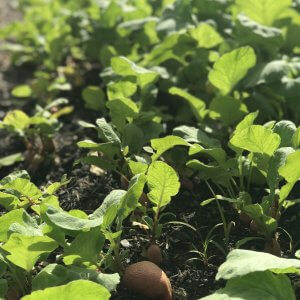
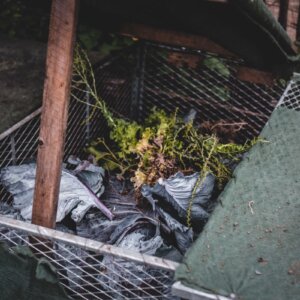

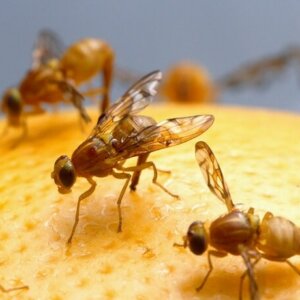


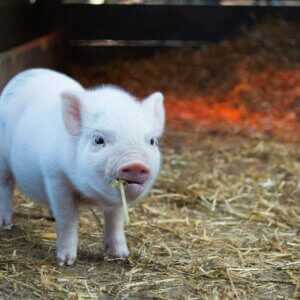
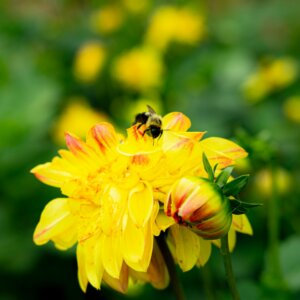
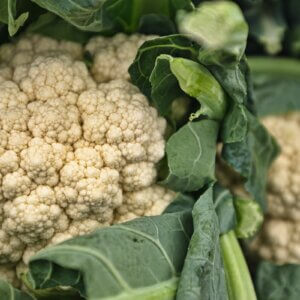


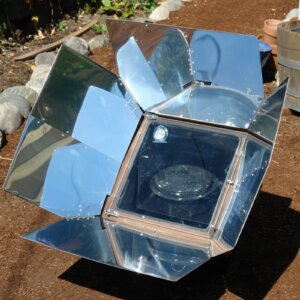



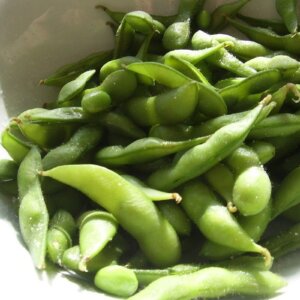
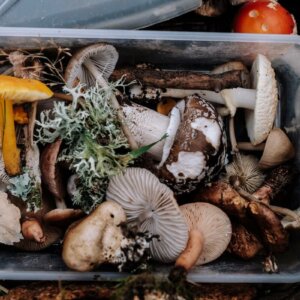
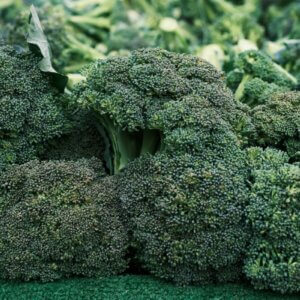
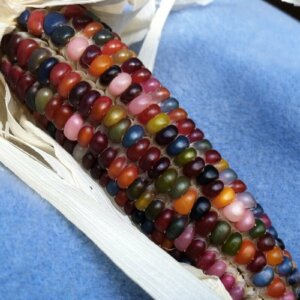


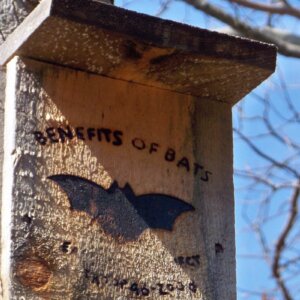



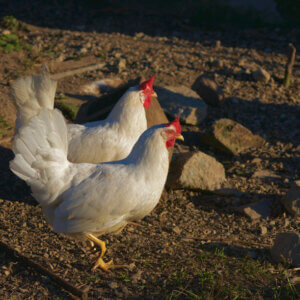
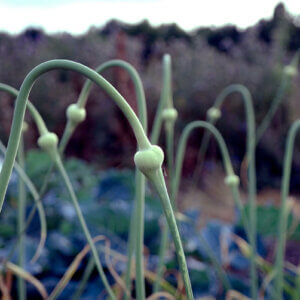
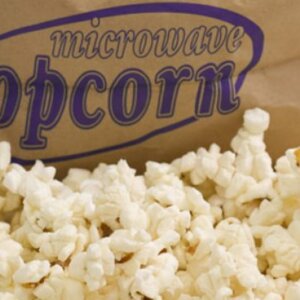












Leave a Reply